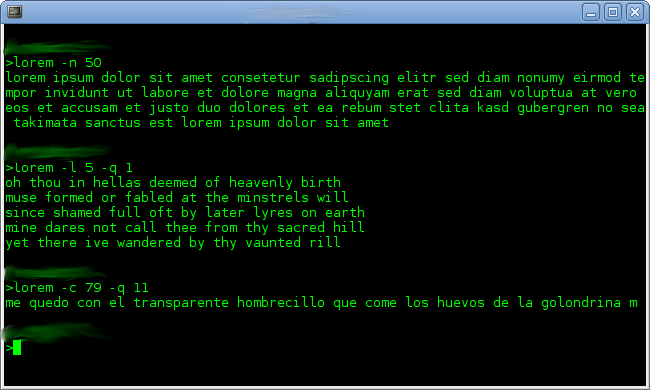
Image Credit: Per Erik Strandberg
“Lorem ipsum” has been recognized by publishers and graphic designers throughout the 20th century as the industry standard text by which to mock up text layout, thanks to a small UK company called Letraset, which mass-manufactured dry transferrable lettering from the 1960s to the 1990s. With the advent of digital media and desktop publishing, the first two words of the ubiquitous sequence have become recognizable to the population at large. It appears in markup templates almost universally across publishing platforms. Templates in word processing, presentation software, and web design all bear the mark of their print forbearers. Thus, lorem ipsum dolor sit amet, a scrambled copy of an excerpt from Cicero’s De finibus bonorum et malorum (“of the ends of good and evil”) has entered into popular discourse as a recognizable placeholder, as Wikipedia says, “used to demonstrate the graphics elements of a document or visual presentation…by removing the distraction of meaningful content.”
This post would like to explore lorem ipsum as an ideological concept in both print and digital media. In part, this exploration will question what it means to view text itself as visual rhetoric. How can text draw attention to or defer attention from itself as a visual object? How can conventions of representation make text, like lorem ipsum, disappear? Might we view such disappearance as a sort of censorship? If so, how can we describe the internal logic of such censorship as an ideological trend in the digital age?
Recent comments
2 years 29 weeks ago
2 years 44 weeks ago
2 years 44 weeks ago
2 years 50 weeks ago
3 years 4 weeks ago
3 years 4 weeks ago
3 years 4 weeks ago
3 years 6 weeks ago
3 years 6 weeks ago
3 years 6 weeks ago